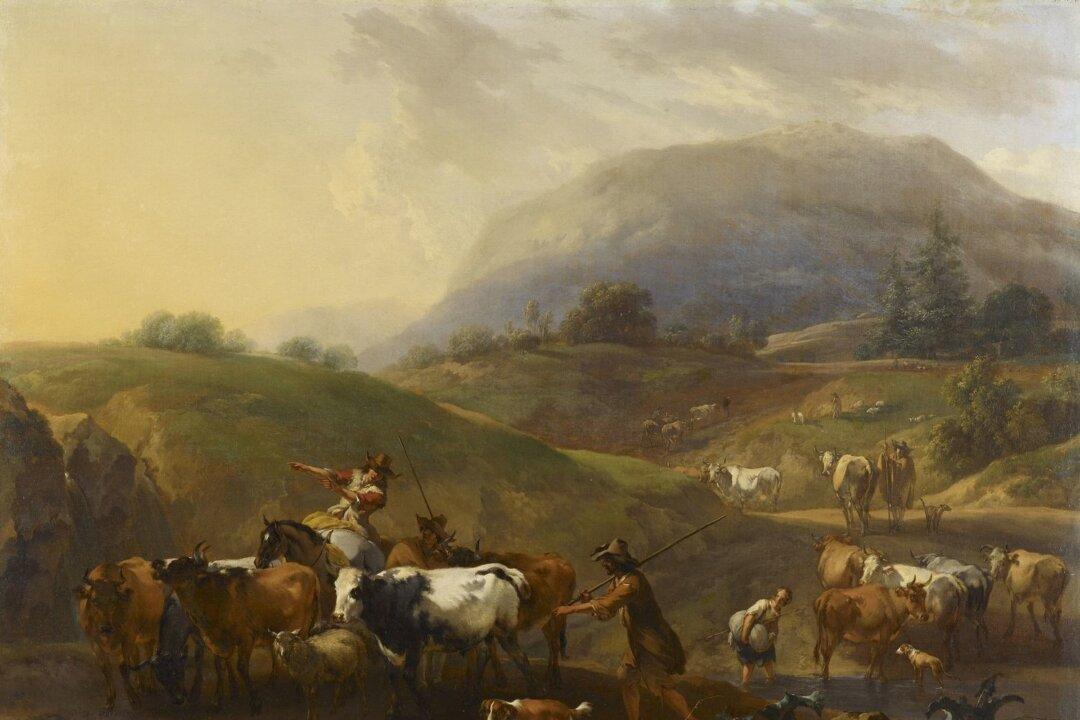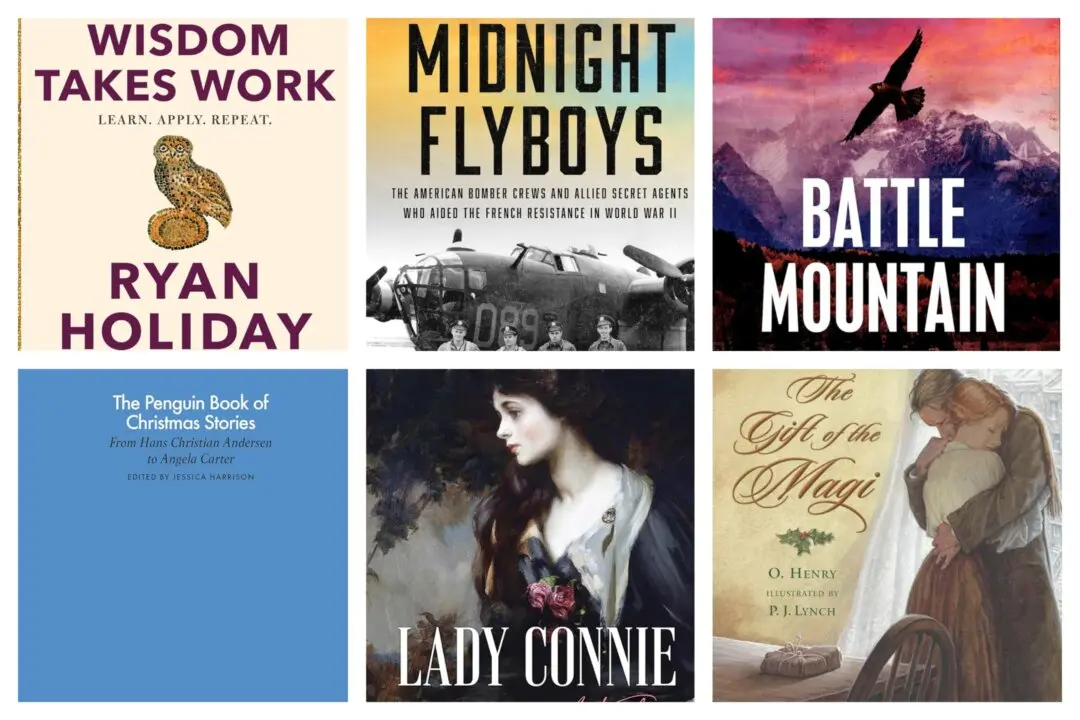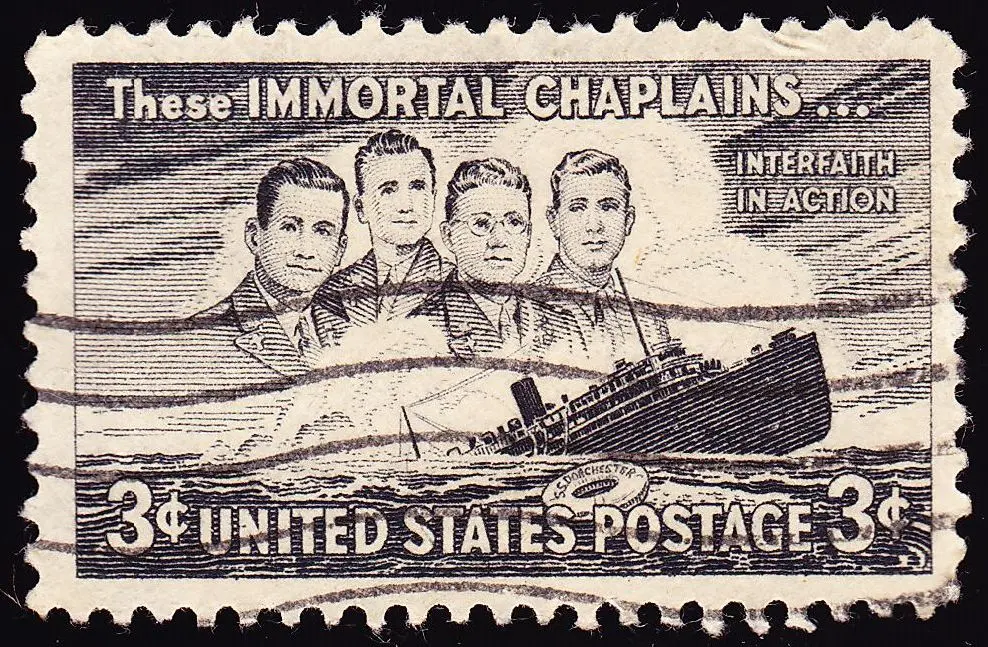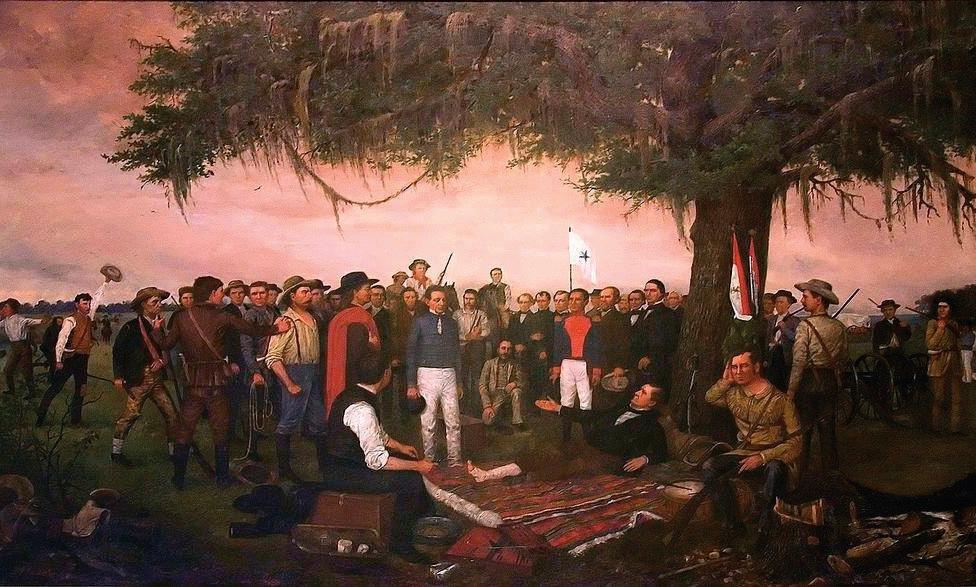Though I consider Larry McMurtry’s “Lonesome Dove” and Charles Portis’s “True Grit” to be 20th-century classics, I’ve read few other Westerns. Louis L’Amour is a prince of this genre, yet of his many novels, including the Sackett series which an acquaintance highly recommends, I’ve read only “Last of the Breed,” a story set mostly in Russia during the Cold War, and his “Education of a Wandering Man,” an autobiography, largely focused on literature, which I taught in several high school English classes.
It was disinterest rather than snobbery that steered me away from Westerns. Films about the Old West, new and old, have appealed to me since I was a kid, and I’ve ridden across the prairie with the likes of John Wayne, Clint Eastwood, Gary Cooper, and Jimmy Stewart with vicarious pleasure and excitement. Western novels, however, never grabbed my attention. Too bad for me.






